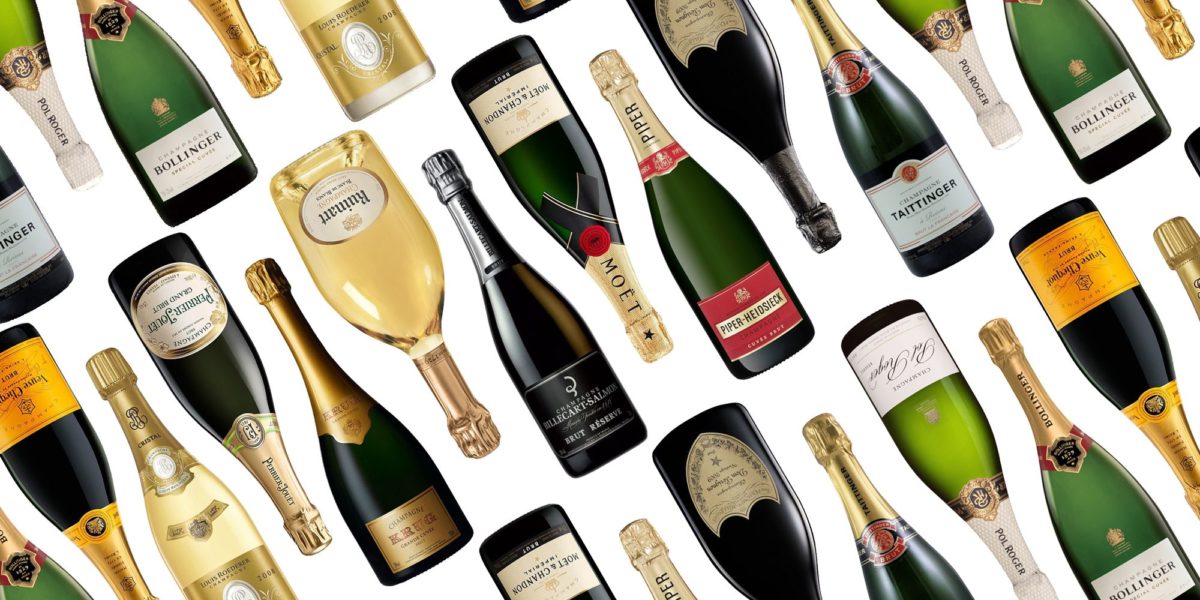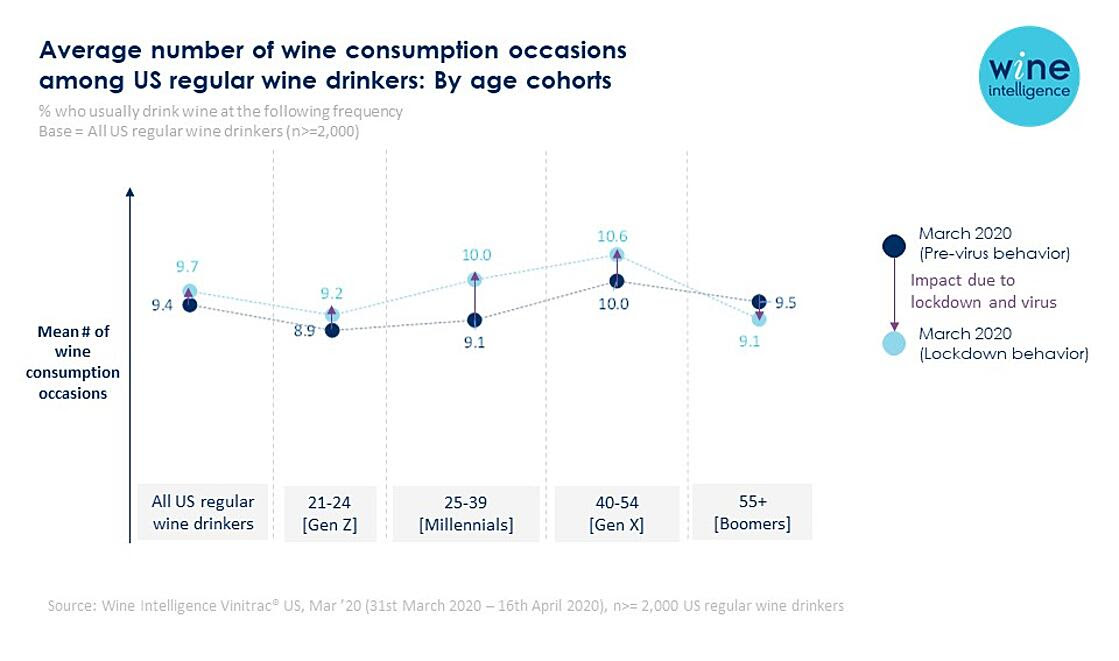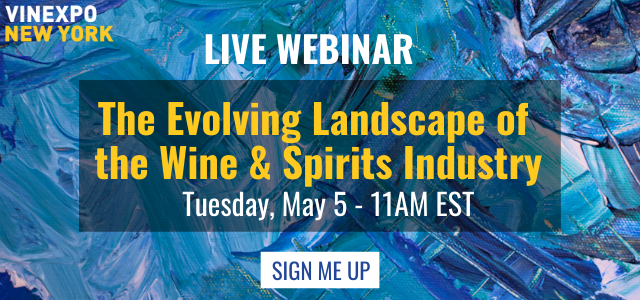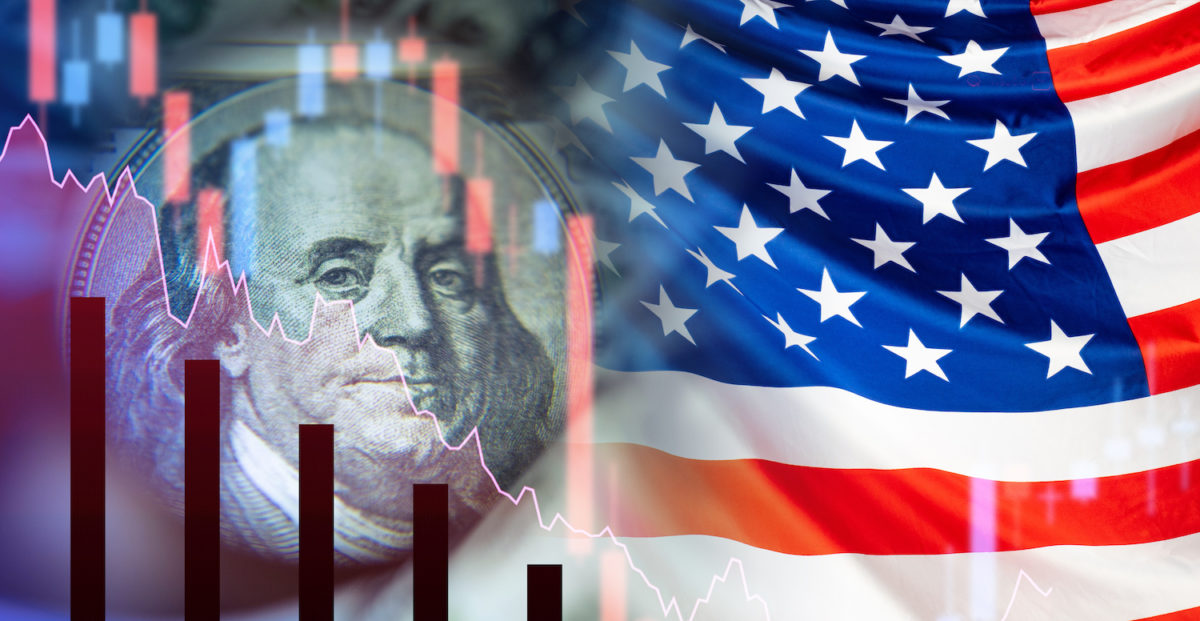“Millennials are vital to Champagne’s future… because they are willing to look beyond the ‘just for celebrations’ mantra,” states Françoise Peretti, Director of the UK’s Champagne Information Bureau.
Millennials are deemed to be more digitally connected and open-minded than baby boomers.
Peretti further stressed the need to attract a younger generation of drinkers, and the potential demand among “open-minded” millennials.
“Unlike the Baby Boomers, they are open-minded consumers, willing to look beyond the ‘just for celebrations’ mantra,” she said of the age group, which covers those people from their early 20s to late 30s.
“This is their most important attribute: a desire to embrace the idea that Champagne can be a drink for the weekend, not simply New Year.”
Mentzendorff’s Andrew Hawes, who is the current chairman of the Champagne Agents Association believes that grower Champagnes are the key to unlocking the millennial market.
Hawes states “A quiet revolution has been building in the independent sector over the past few years.” He further adds, “Independents are selling more and more grower Champagne to millennials – they are naturally drawn to the ‘craft’ credentials of smaller brands.”
In the US, Chicago-based sommelier Zach Jones recorded a similar development, and he goes on to say, “Grower Champagne has had a huge surge in popularity with younger drinkers in the US, because there is a great story to tell and it gives younger consumers the sense that they are supporting a small family winery, not a massive machine.”
Sources:
Drinks Ontario
Champagne Information Bureau – UK





